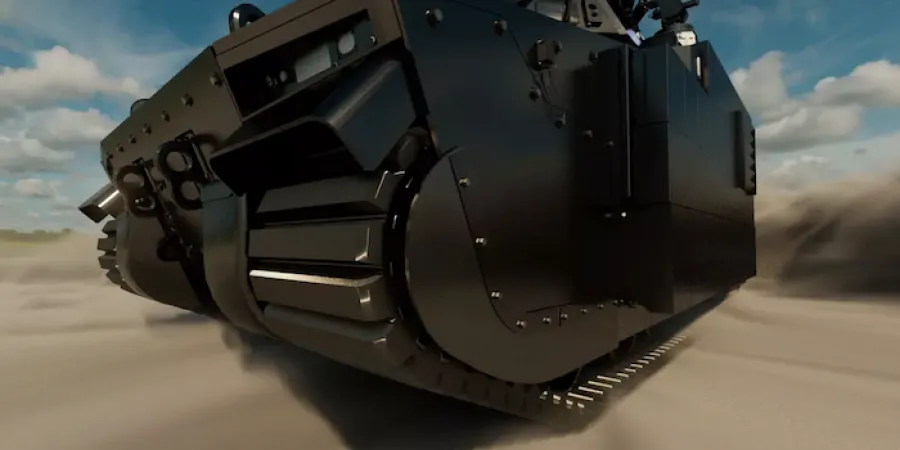Elbit, BAE teaming on design for the U.S. Army’s Optionally Manned Fighting Vehicle (OMFV)
The joint venture, which also includes Curtiss-Wright and QinetiQ, is intended to design a future combat vehicle for the US Army to meet of the US Army's requirements for an agile, lethal and survivable solution
Eyal Boguslavsky
| 07/12/2022
Bae Systems announced this week that it teamed with Israeli Elbit Systems to work together to produce an innovative, purpose-built, next-generation combat vehicle designed to meet the U.S. Army’s requirements for an agile, lethal, and survivable solution that will help redefine land combat operations and maneuverability in future conflicts.
According to BAE’s announcement, the two companies are leveraging their extensive experience in the evaluation, demonstration, and validation of next generation combat systems. For OMFV, Elbit is providing its 50mm Unmanned Turret (UT50), one of the most versatile armament configurations with multiple mission payloads and capabilities, which recently completed a successful live fire demonstration at the Aberdeen Test Center. The UT50 features a XM913 50mm cannon and a high-capacity ammunition handling system.
The OMFV design will use a standardized, Modular Open Systems Architecture (MOSA), designed by BAE Systems and Curtiss-Wright Defense Solutions. MOSA solutions are critical for enabling the customer to rapidly refresh technology to field new capabilities and meet emerging threats on the battlefield. The two companies are also providing vital electronics and control systems into the OMFV.
BAE Systems and QinetiQ Inc. are developing and integrating Hybrid Electric Drive (HED) technology with an electric cross-drive transmission, a key component of an HED system for tracked combat vehicles, to ensure the OMFV has the speed, reliability, and maneuverability necessary to dominate in the toughest battlefield conditions. QinetiQ Inc.’s Modular E-X-Drive® transmission has been tested and proven in a wide range of tracked vehicles and weight classes over the last decade.
The joint venture, which also includes Curtiss-Wright and QinetiQ, is intended to design a future combat vehicle for the US Army to meet of the US Army's requirements for an agile, lethal and survivable solution
Bae Systems announced this week that it teamed with Israeli Elbit Systems to work together to produce an innovative, purpose-built, next-generation combat vehicle designed to meet the U.S. Army’s requirements for an agile, lethal, and survivable solution that will help redefine land combat operations and maneuverability in future conflicts.
According to BAE’s announcement, the two companies are leveraging their extensive experience in the evaluation, demonstration, and validation of next generation combat systems. For OMFV, Elbit is providing its 50mm Unmanned Turret (UT50), one of the most versatile armament configurations with multiple mission payloads and capabilities, which recently completed a successful live fire demonstration at the Aberdeen Test Center. The UT50 features a XM913 50mm cannon and a high-capacity ammunition handling system.
The OMFV design will use a standardized, Modular Open Systems Architecture (MOSA), designed by BAE Systems and Curtiss-Wright Defense Solutions. MOSA solutions are critical for enabling the customer to rapidly refresh technology to field new capabilities and meet emerging threats on the battlefield. The two companies are also providing vital electronics and control systems into the OMFV.
BAE Systems and QinetiQ Inc. are developing and integrating Hybrid Electric Drive (HED) technology with an electric cross-drive transmission, a key component of an HED system for tracked combat vehicles, to ensure the OMFV has the speed, reliability, and maneuverability necessary to dominate in the toughest battlefield conditions. QinetiQ Inc.’s Modular E-X-Drive® transmission has been tested and proven in a wide range of tracked vehicles and weight classes over the last decade.



